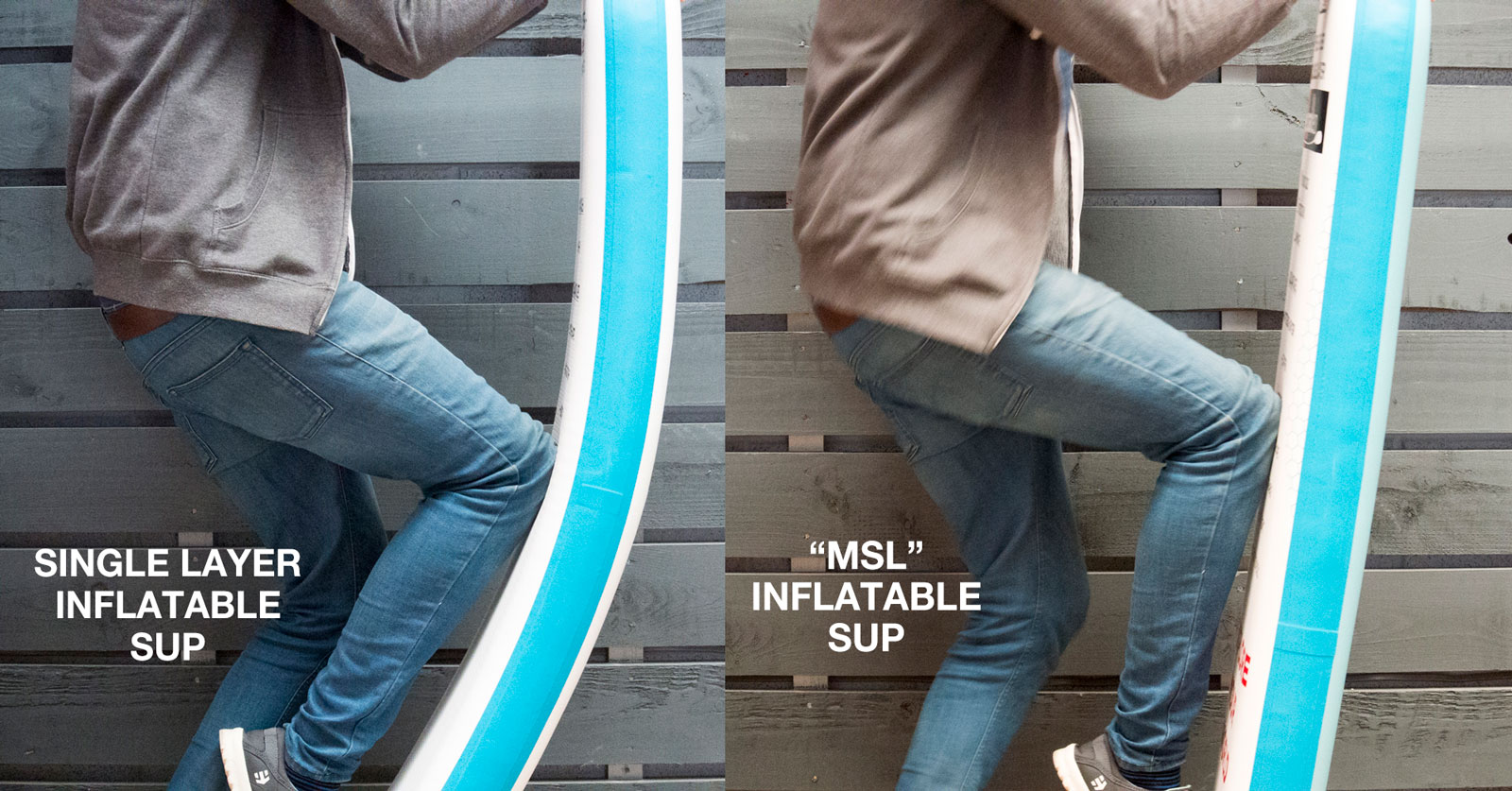
Is This the Next Generation of Inflatables? Reviewing Red Paddle Co’s Lighter/Stiffer “MSL” Boards
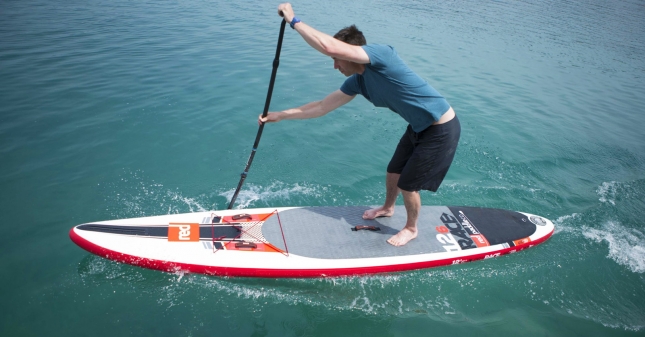
When it comes to performance, inflatable stand up paddle boards are fast closing the gap on their carbon fibre cousins. Inflatables have already proven themselves worthy (or even superior) alternatives on the rivers and in the humble world of recreational paddling, but the hardest nut to crack has definitely been the race board market.
Paddlers that race are always looking for that 1% advantage. Whether it’s a one-inch narrower board, a paddle that’s 10 grams lighter or a fin that just looks better than the last one, racers love spending time (and money) on the quest for the fastest gear. Inflatables haven’t fit this “elite” image in years gone by, partly due to design limitations, and partly due to the somewhat snobbish attitude of the hardcore paddling community.
But perhaps that’s about to change.
While inflatables are a simple “me too” product for many board manufacturers, there are several brands investing in new technology and designs, with the benefits most obvious in the race board models. Starboard has their ‘Deluxe’ inflatable tech, Mistral has been obsessed with creating the world’s lightest boards for the past two years, while Red Paddle Co focuses on nothing but inflatables.
The Red brand, which has been operating for close to a decade now, has always strived to push the boundaries of inflatable stand up paddle boards. While most other board brands split their time between designing hard boards, inflatables and several other niche products, Red Paddle Co is nothing if not focused; Literally all they make is inflatables.
Red has produced some of the best blow up boards on the market over the years, however nothing that made the hardcore paddlers (aka the racing community) really stop and take notice. Until now.
Late last year Red Paddle Co revealed one of the biggest leaps forward in the inflatable SUP market: MSL technology, which stands for Monocoque Structural Laminate. It’s a new construction technique/manufacturing process, which, to quote directly from the brag sheet, works like this:
Firstly we have removed the process of coating the inner thread section with molten PVC – for us this was redundant process, as we had no interest in producing a single layer board and only served as a base to glue our outer/double layer too. It was also a messy process with very little control. Instead we coat the thread structure in a layer of adhesive that has been specially formulated to create both a seal and a bonding layer. We then machine laminate a layer or high density structural PVC to this adhesive layer under a controlled conditions – completely removing the human factor involved in traditional double layer application.
Or in layman terms: The new Red Paddle Co inflatable boards are stiff without being heavy; light without being flimsy.
There were largely just two kinds of inflatables in the past: Boards that were relatively light but relatively flimsy (aka “banana boards”), and boards that were relatively stiff but ridiculously heavy. That usually had something to do with how many layers of plastic were involved in the construction (single layer = light but flimsy; double layer = stiff but heavy). It was almost impossible to get the best of both worlds.
But that wasn’t good enough for the guys at Red, so they set about designing a new manufacturing process that makes inflatable SUPs both light weight and stiff. While the finer points of their new technique are obviously trade secrets, I talked extensively with the Red guys at the Paris Boat Show in December and came away very impressed. ‘MSL’ isn’t just a buzzy acronym, it’s a legit advancement in stand up paddle board technology.
Apart from the obvious benefits of being stiffer (which generally means faster) & lighter (on average 2kg or 4.4 pounds lighter than previous models), another bonus of Red Paddle Co’s MSL inflatables is that the boards look better. The MSL construction process gets rid of the random blemishes that are almost inevitable with older inflatable technology. Again, quoting the official sales pitch:
This whole process is done at the raw material stage by carefully calibrated machinery developed for this process. The result is a consistent and high level of cosmetic finish that has all of the durability and strength properties of our previous double layer construction. And because this process is done at the raw material stage we are now able to benefit from torsion stiffness as the material is put under tension when the board is inflated.
Are these MSL inflatables as rock hard as a carbon fibre race board? No. But they’re getting pretty close. And while I’d still pick a hard board to race on if I had the choice, I certainly wouldn’t mind competing on one of these new generation inflatables. Plus when you consider they’re far less expensive than a carbon fibre creation, not to mention infinitely easier to store and transport, suddenly an inflatable race board becomes a genuine alternative. (I just wish one of these brands could figure out how to fix those boxy fins.)
Red Paddle Co isn’t the only brand working on ‘lighter/stiffer’ inflatable paddleboards; as mentioned, Starboard has invested heavily in this area, as are some of Red’s European rivals. However the crew England (Red Paddle Co is based in the UK) seem to have found the winning formula first.
I played around with the new MSL boards in Paris, and while I could talk about how good they felt under my feet, I think the “bend test” demonstrates it best. There are three types of inflatable below: Single layer (light/flimsy), double layer (heavy/stiff) and MSL (light/stiff). I did the ‘knee bend test’ myself in Paris, and the MSL felt just as light as the single layer/just as stiff as the double layer. While not exactly scientific, this test does illustrate the stiffness very well (and while you can’t see it in the photos, you’ll have to take my word for it on the weight — this MSL stuff really is light).
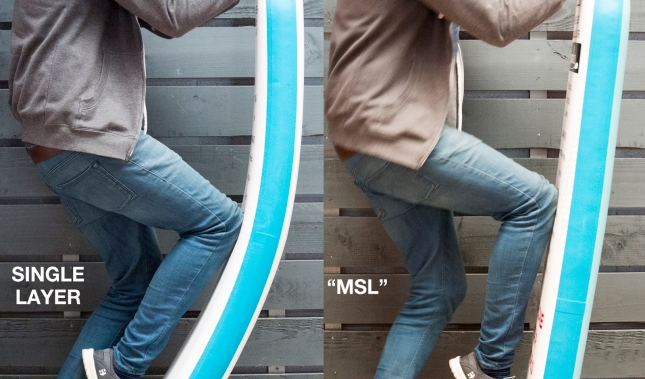
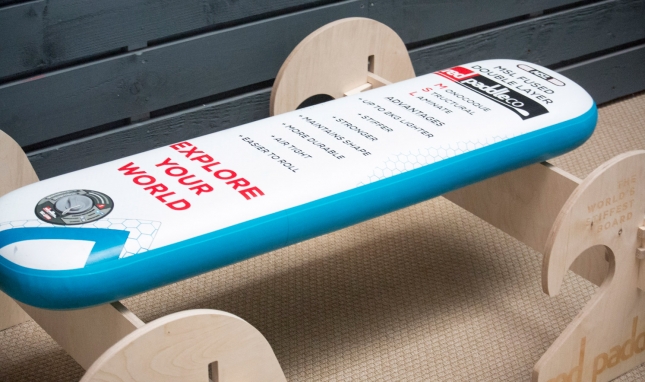
Is this “MSL” technology the next generation of inflatables? Yes. Are they the best inflatable boards you can buy? I can’t say. There are a lot of inflatable SUPs out there these days, and I haven’t even come close to testing them all. And as mentioned earlier, Red certainly isn’t the only brand pushing the boundaries of inflatable paddle board technology. But while I’m pretty sure there are boards that are still a little bit lighter, in terms of weight-to-stiffness ratio, I doubt you’ll find a superior inflatable.
The MSL technology is on all 2016 Red Paddle Co retail boards, and the brand has quietly built up a distribution model that must be the envy of most others in the industry (they’re probably one of the top-tier brands by volume), so pop down to your local SUP shop and there’s a good chance you’ll be able to demo one.
You might just surprise yourself and realise that inflatables can actually be a very good alternative to hard boards.
Full disclosure: Red Paddle Co advertises on SUP Racer (however if you’ve been a fan of SUP Racer for a while, you’ll know we only talk about stuff we like, regardless of who our partners are)



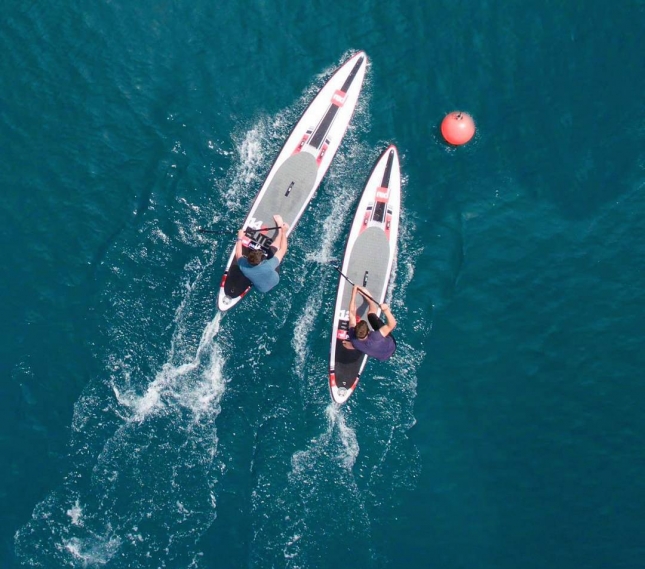
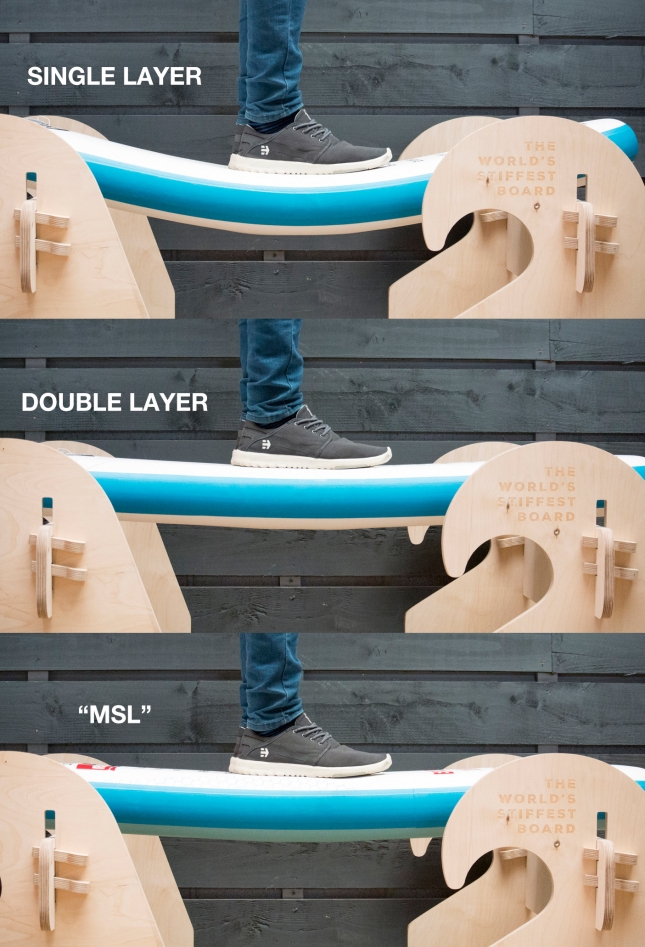
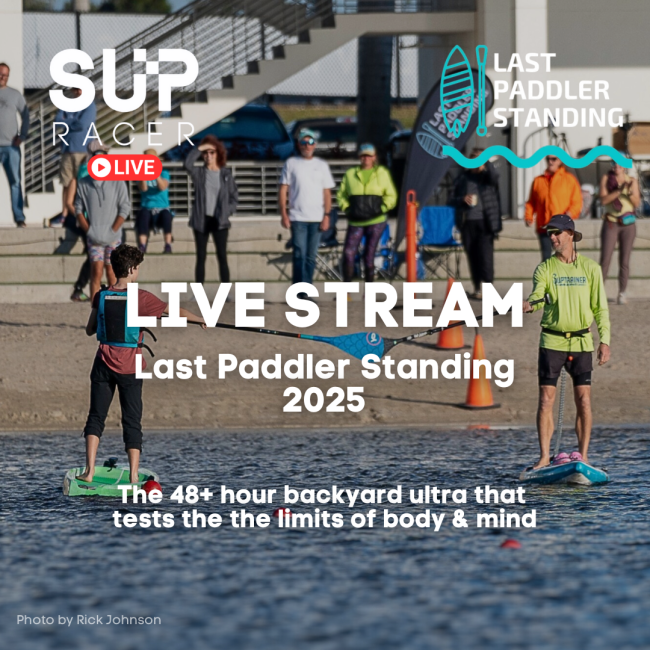
You must be logged in to post a comment.